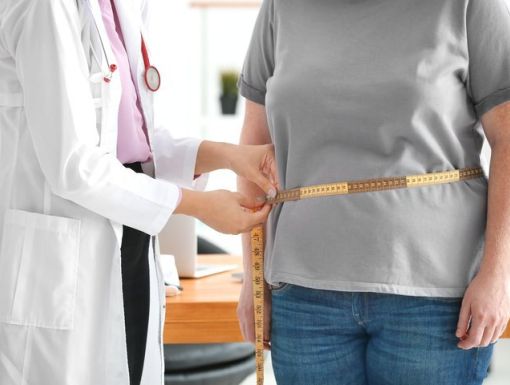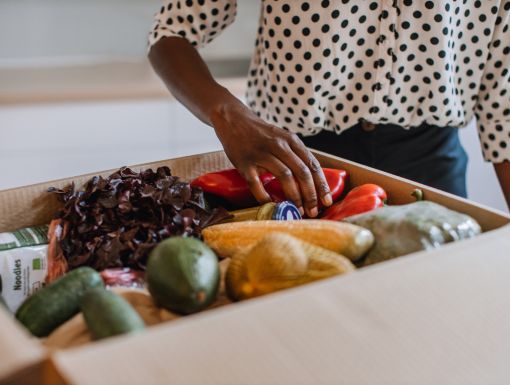
Herd Immunity and Coronavirus (COVID-19)
The term “herd immunity” has come up in the news a lot since the COVID-19 pandemic began. What does it mean, and can it be a solution to the spread of this dangerous virus?
How does immunity happen?
When your body is exposed to a disease-causing organism, your immune system responds by producing antibodies to fight off this specific infection. In many cases, it retains the knowledge of which antibody works against which disease. If you are re-exposed to the same organism at some point, the immune system will be able to quickly produce the correct antibody and fight off the disease.
What is herd immunity?
Herd immunity is a group protection that happens when a large part of a population becomes immune to a specific disease. The people who are immune do not become sick if they are exposed again to this disease, and if enough of them are immune, the risk of spreading the disease from person to person becomes very low. Herd immunity is especially important for those who cannot be vaccinated or are immunosuppressed, due to the reduced likelihood of their being exposed to a disease. Of note, herd immunity only works for diseases that are spread from person to person.
The percentage of the population that must be immune to a disease for herd immunity to occur varies based on the disease itself and how infectious it is. Usually, it is estimated that between 70% to 90 % of the population must be immune to achieve it.
Herd immunity can be built in two ways:
- People contract the disease and build a natural immunity
- People are vaccinated against the disease to help them build this immunity
For example, the United States has achieved herd immunity for several infectious diseases, such as chickenpox, measles, mumps and polio, mainly through widespread vaccination. However, outbreaks of measles and mumps have occurred in recent years in places where people have not been vaccinated.
Herd immunity and COVID-19
For now, there are too many issues to use herd immunity to fight COVID-19 in the United States. It would be difficult, and may even be dangerous.
- It is unknown yet how much of the population has been exposed to the virus and developed antibodies. In addition, we don’t know if these antibodies really provide protection against future COVID-19 infection and if so, for how long.
- Trying to achieve herd immunity of an optimal percentage of the population while not having access to a vaccine would mean that hundreds of millions of U.S. citizens would be infected with a virus that is not only dangerous, but often deadly, in the elderly and frail population, and is also a threat for healthy younger adults during a time when we do not have treatment options for severe forms of this infection.
- At this time, if you suspect you may have COVID-19, you should isolate from others. In early December 2020, the Centers for Disease Control and Prevention (CDC) updated their recommendations regarding COVID-19 exposure quarantine. While this doesn't apply to healthcare workers and other essential personnel, the guidance now states that quarantine can end after 10 days (rather than 14) with no testing and no symptoms. Quarantine can end after seven days with a negative test and no symptoms.
Following all social distancing and other measures recommended by experts is still the best way to prevent the spread of COVID-19. For more information about coronavirus, please visit ochsner.org/coronavirus
Virtually or in-person, schedule an appointment with a primary care provider today.


